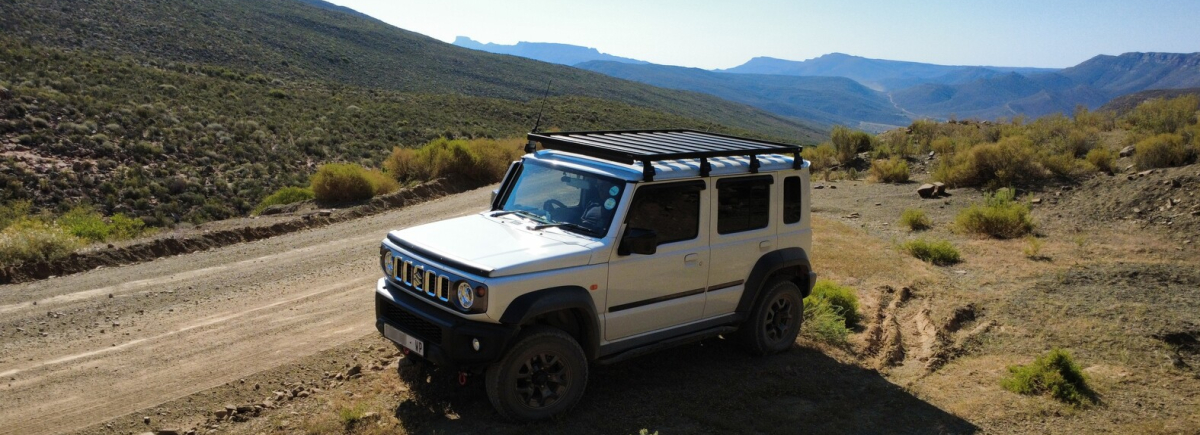This is according to Wireless Access Providers’ Association executive management committee member Paul Colmer, who said Wisp network equipment requires a fraction of the power that carrier-grade cellular equipment uses.
“Many Wisps went for the off-grid solar solution from the beginning, and Wisps running hybrid grid solar have managed to upgrade to off-grid at a fraction of the cost enabling them to stay up when cell towers begin to fail,” he added.
Colmer said sector LTE sites could use up to 6 kWh of energy during a bout of load-shedding, and this becomes higher when it comes to 5G sites.
Many older WiFi ISPs are sitting on more congested and slower license-free bands, but WiFi 6E will likely change that. Wisps were actually the first to cover many areas with Internet (I started out that way with my Internet), and still today cover areas that have no fibre or ADSL. Even out in rural mountainous areas (like the Cederberg in SA), I've seen Wisp services still active.
See
Load-shedding gives wireless ISPs an edge over cellular networks — expert#
technology #
wisp #
WiFi #
SouthAfrica #
loadshedding Wireless ISPs can stay powered during load-shedding for a fraction of what it costs LTE and 5G networks.
